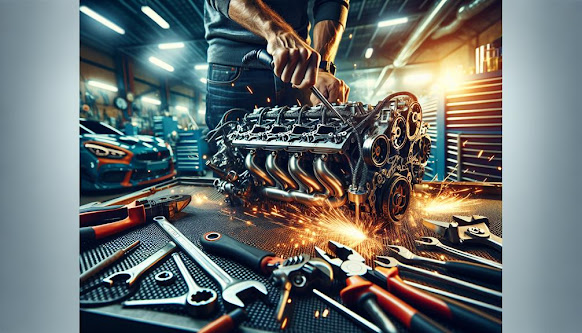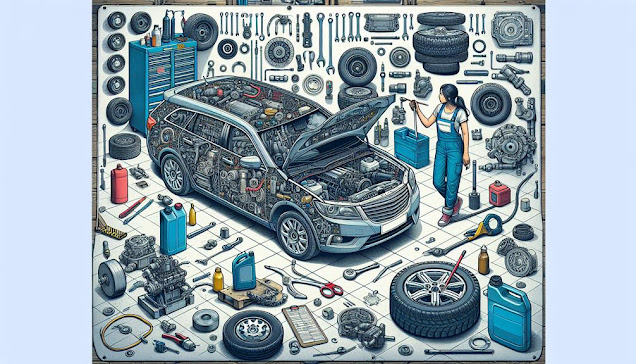Accelerating Performance: Cutting-Edge Methods in Engine Optimization
In the complex field of auto repair the art of tuning the engine is a skill that is both intricate and intricate, demanding an understanding of mechanical systems as well as the interaction between them. Engine tuning can be described as the act of tweaking or altering an internal combustion engine in order to maximize performance, fuel efficiency or even specific power output. But, delve into the world of advanced techniques, like turbocharging, supercharging and direct injection of fuel, exposes an array of options that could push the engine's capabilities to its limits. This article aims to break down these methods, providing clarity on their underlying concepts, strategies for implementation and the potential impact they could have on the performance of engines. Follow us as we explore the complexity of these methods uncovering their potential to transform a basic engine into a powerful engine.
Understanding Advanced Engine Modifications
Inquiring into the world of engine modifications that are advanced requires an understanding of all the intricate mechanical parts and their interaction to optimize the performance of an engine. This process requires strategic adjustments of the design parameter for an engine like the air/fuel mix proportion, the ignition timing as well as valve timing. These modifications can greatly improve the power output of the engine efficiency, fuel efficiency, as well as overall efficiency. It is important to consider the thermal stress and other mechanical limitations that these modifications can impose on an engine. The trick is to find the right balance between durability and power in order to ensure that the engine does not overheat or fail to function properly. Understanding the latest engine modifications isn't just a technique, it's a skill that can be learned only by those who are willing to go deep into the nitty gritty the mechanical science.
Implementing Performance Tuning Techniques
In the area of tuning performance, use of cutting-edge techniques demands exact modifications to the internal configurations of engines, which could result in substantial improvements in the power output as well as fuel efficiency. The implementation of these techniques requires an understanding of the engine's performance and an exact approach to making modifications.
The procedure typically involves modifications in an engine's control unit (ECU) maps, enhancing the air-fuel mix, altering the timing of ignition and altering the camshaft's profile. The precise delivery of fuel is vital to ensure optimal combustion and improved engine performance. Modifications to ignition timing can increase the power output of an engine and camshaft adjustments can increase the timing of valves. Each adjustment is an enthralling blend of improved engine performance. It is accomplished through an arduous application of the latest tuning techniques.
Conclusion
In conclusion, the latest techniques for tuning engines provide an interesting insight into the complex workings of automobile machinery. When implemented in a precise manner, result in significant gains in efficiency and performance. The engine's dynamic, similar to a well-crafted orchestra, will reveal the potential and power that lies beneath the hood, turning the ordinary into extraordinary and exemplifying the art and science behind automotive mastery.



Comments
Post a Comment